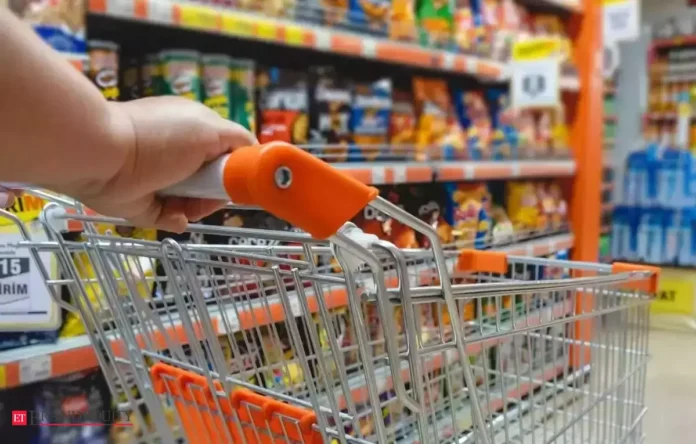New Delhi [India]: The ongoing urban economic slowdown is expected to continue until the first quarter of the Financial Year (FY) 2026, with signs of recovery anticipated from Q2FY26, according to a recent report by Nuvama.
Key Factors Behind the Urban Slowdown
The report attributes the sluggish urban demand to:
- High rental inflation
- Stagnant wage growth
- Overall economic pressures
However, it suggests that fiscal measures announced in the Union Budget and a possible rate cut by the Reserve Bank of India (RBI) will help revive urban demand.
Recovery Driven by Fiscal and Monetary Measures
The report highlights that urban demand will gradually improve as:
- Tax exemptions increase liquidity – The income tax exemption limit has been raised to Rs 12 lakh, allowing consumers more disposable income.
- RBI rate cuts ease financial pressure – A reduction in interest rates will boost consumer spending and ease loan burdens.
- Cooling food inflation – Some regions are witnessing lower food prices, which could improve purchasing power.
FMCG Sector: Rural Markets Outpacing Urban Growth
Despite the urban slowdown, rural markets continue to outperform urban areas due to:
- Increased distribution of freebies and subsidies
- A strong monsoon, which has boosted rural incomes
Companies with a strong rural presence, such as Dabur and Berger Paints, are expected to outperform urban-focused brands.
Gradual FMCG Sector Recovery
Despite urban challenges, the FMCG sector is witnessing gradual revenue growth, driven by:
- Higher sales volumes
- Product innovation
- Expanded distribution networks
The report further predicts improved pricing growth in the coming quarters as companies manage inflationary pressures on raw materials like palm oil, coffee, and tea.
With fiscal relief measures and monetary policy support, urban consumption is set for a strong recovery from mid-FY26, signaling optimism for economic growth.


